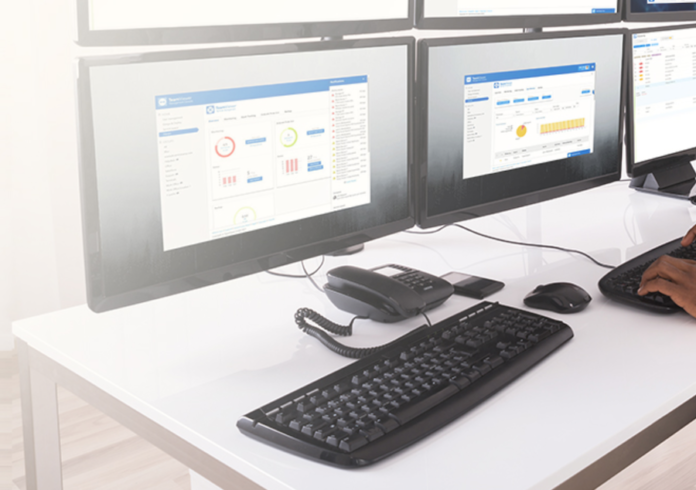TeamViewer, a provider of secure remote connectivity solutions, has expanded its IoT offering and now offers a way to use artificial intelligence (AI) in maintenance.
Until now, TeamViewer customers in the IoT field have been able to read sensors, set alarms and connect directly to a wide range of devices. Now an intelligent extension in predictive maintenance is being added. This helps to reduce downtimes and save costs.
The TeamViewer predictive maintenance module can be easily integrated into existing TeamViewer IoT environments. The algorithm can already access sample data sets generated specifically for this module for various machine types, such as wind turbines and pumps, and only needs to learn about the characteristics of the respective machine.
In the past, machines were only repaired if they had already failed (reactive maintenance). For some time now, machines have been serviced in a fixed cycle, regardless of whether they are defective or not (preventive maintenance). And only recently has predictive maintenance been used, mostly based on pure data sets with fixed rules. TeamViewer offers AI-supported analysis of the resulting data. Machine learning algorithms can be used to detect previously unknown patterns and to diagnose impending machine failures at an early stage. The need to detect impending failures is obvious: every hour of unplanned downtime costs an average of $250,000.
“Our goal is to build a unique library of anonymized machine data and provide each customer of our Predictive Maintenance module with access to already existing knowledge,” says Lukas Baur, vice president of IoT at TeamViewer.
“With each additional day the algorithm learns to better estimate specific parameters, making predictive maintenance even more accurate. The maintenance department is responsible for up to 60% of operational expenditure. Our ambition is to reduce this cost item through an AI-based analysis of the device data,” he adds.
The new software module ML-Trainer supplies the machine learning algorithm with data that might have triggered alarms and learns to recognize specific patterns. As a result, alarms are no longer bound to rigid thresholds but are subject to constantly optimized criteria. The downtimes, but also false alarms, can be significantly reduced in this way because the AI is constantly learning.
Photo: TeamViewer’s landing page
Original source: North American Wind Power
